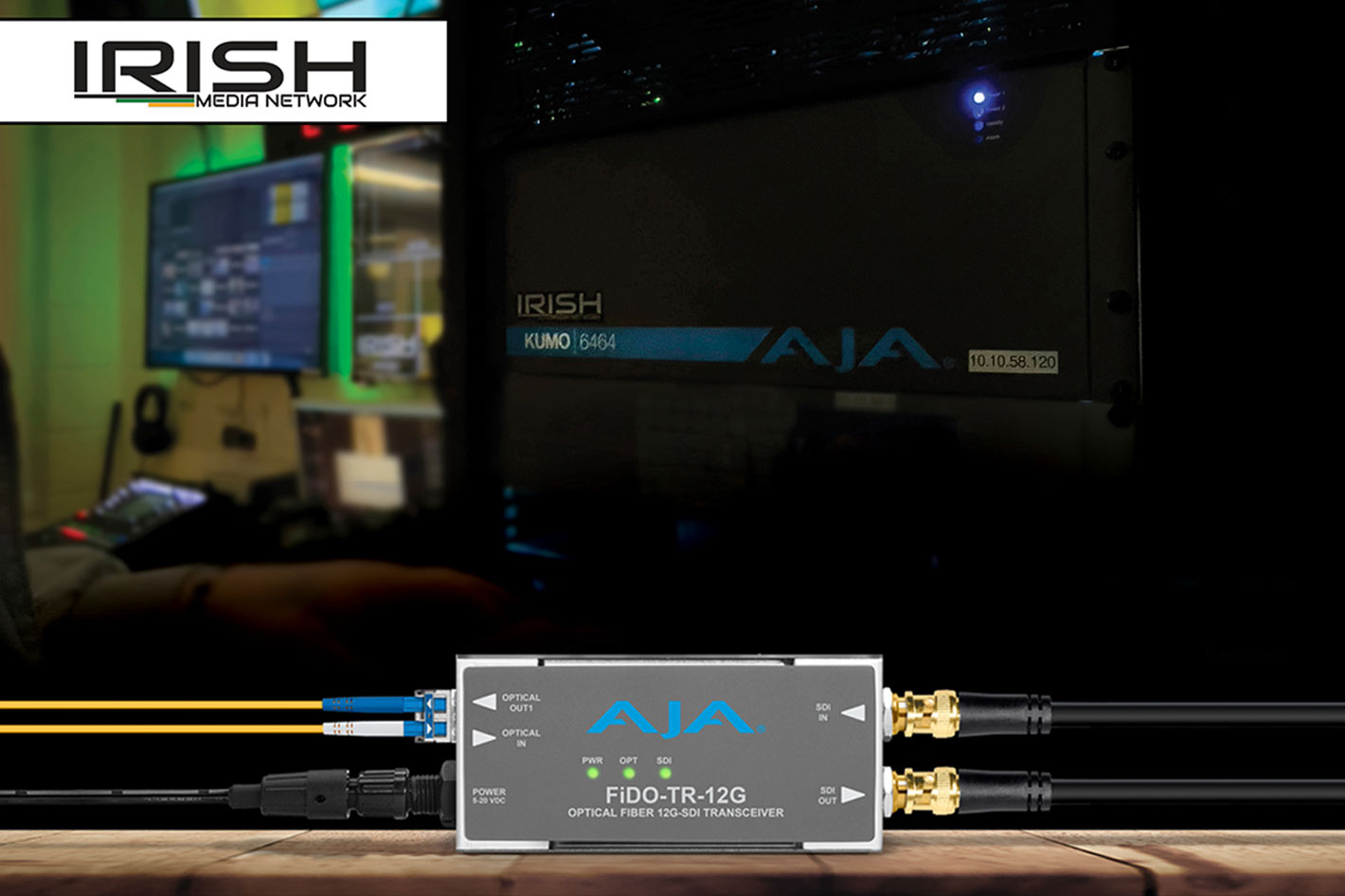
We’ve shared here at ProVideo Coalition multiple stories that show how video equipment is used in the real-world and this new story continues to follow that path, as it reveals how the Knoxville Catholic High School helps students to discover how media production works, as part of their education.
With technological advancements democratizing access to media production, most high school students have grown up shooting and uploading smartphone videos to social media platforms, so naturally many are interested in learning more about media production. The last two years, lived under the threat of a pandemic that is still not gone, have raised the interest for everything related to the use of technology to stay connected, meaning more people is aware, even curious about the potential of the diverse equipment available. For many it may be the entry point to a future career in media production.
Knoxville Catholic High School Digital Media Director Guy Shelton devotes his time to guiding these aspiring media professionals, teaching them the tools and techniques of the trade. His methodology includes exposure to industry-standard gear like AJA KUMO routers and FiDO fiber optic Mini-Converters, as well as honing important life skills like interpersonal communication, teamwork, and responsibility.
The Knoxville Catholic High School media production program offers an introductory media production course, which provides a basic understanding of the craft. Students exit the course knowing how to white balance a camera, adjust the iris, execute tripod controls, troubleshoot wiring issues, and more. For those looking to further hone their skills, two honors tracks are then available, which include digital media and newscasting, and mobile production. Up to 100 students participate in the program a year, 10 percent of whom continue to study broadcast, graphic design, video production, or photography post-graduation.
Preparing students for real-word production environments requires frequent hands-on exposure to the tools of the trade. The school’s kit, which includes a host of equipment from conversion technology to routers and switchers, largely lives in an on-campus control room that doubles as an office. The school theatre and gym are connected to the control room via fiber, while its next-door newscast studio is linked via baseband coaxial BNC. Integral to the control room, AJA FiDO converters convert 3G-SDI camera feeds from the gym and theatre to fiber and back to 3G-SDI into the control room. The signals are then fed through an AJA KUMO 6464 router and switcher before being live streamed or archived.
Commenting on his experience with the AJA gear, Shelton said, “KUMO 6464 is a great tool for our students to learn, and it’s been a huge time saver. I no longer waste an hour wiring and rewiring the rack as we prep for each production. I just set up salvos using KUMO’s web-based UI and can get the various venue productions up and running with the click of a button, or switch between feeds as needed.”
“Without FiDO, we wouldn’t have a control room, as we need to cover distance,” he added. “I also love how intuitive and user-friendly our AJA gear is. Once we teach students to get past the buttons and lights, they start to dive in and realize how easy it can be. It’s also incredibly resilient, even when being handled by high school students, which is huge for us.”
Beyond operating gear to gain field experience, Shelton helps students learn how to articulate and chase their goals, and advocate for themselves. He finds one of the most rewarding aspects of his job watching a concept finally click for a student. “Seeing them fit the pieces together makes my job worth all the work,” shared Shelton. “Intuitive technology is often a key part of that journey, which is why I continue to use AJA gear. FiDO for instance, has indicator lights that cue us into any connection issues, so if a student hasn’t plugged it in right, we know right away, and can tell whether it’s a fiber or BNC connector issue, right on the unit.”
For students by students
To constantly raise the bar, Shelton is always researching and exploring emerging technologies, with the understanding that one day they’ll be important to his training. His students play an integral role in the decision-making process. “The program’s motto is ‘for students by students,’ so they’re actively involved in researching kit, and we talk openly about any technology we’re considering adding to the pipeline,” he explained. “For example, a few of my students wanted to implement backboard cameras in the gym, so we explored the options, weighed the costs and benefits, and then determined how we could run cabling down the rafters and to the FiDOs.”
In evaluating gear additions to the pipeline, density, noise, and electricity are often part of the conversation, as is selecting items that can grow with the program. Shelton concluded, “I love that KUMO 6464 gives me 64 inputs and 64 outputs with no loud fan noise. Even though we only currently have 46 sources and 44 destinations, we can easily expand that number in the future if we build another studio. We also love the converter rackmount. Rather than take up seven electrical outlets for seven converters, I house them in there, plug the rack in, and only have to use one outlet.”
